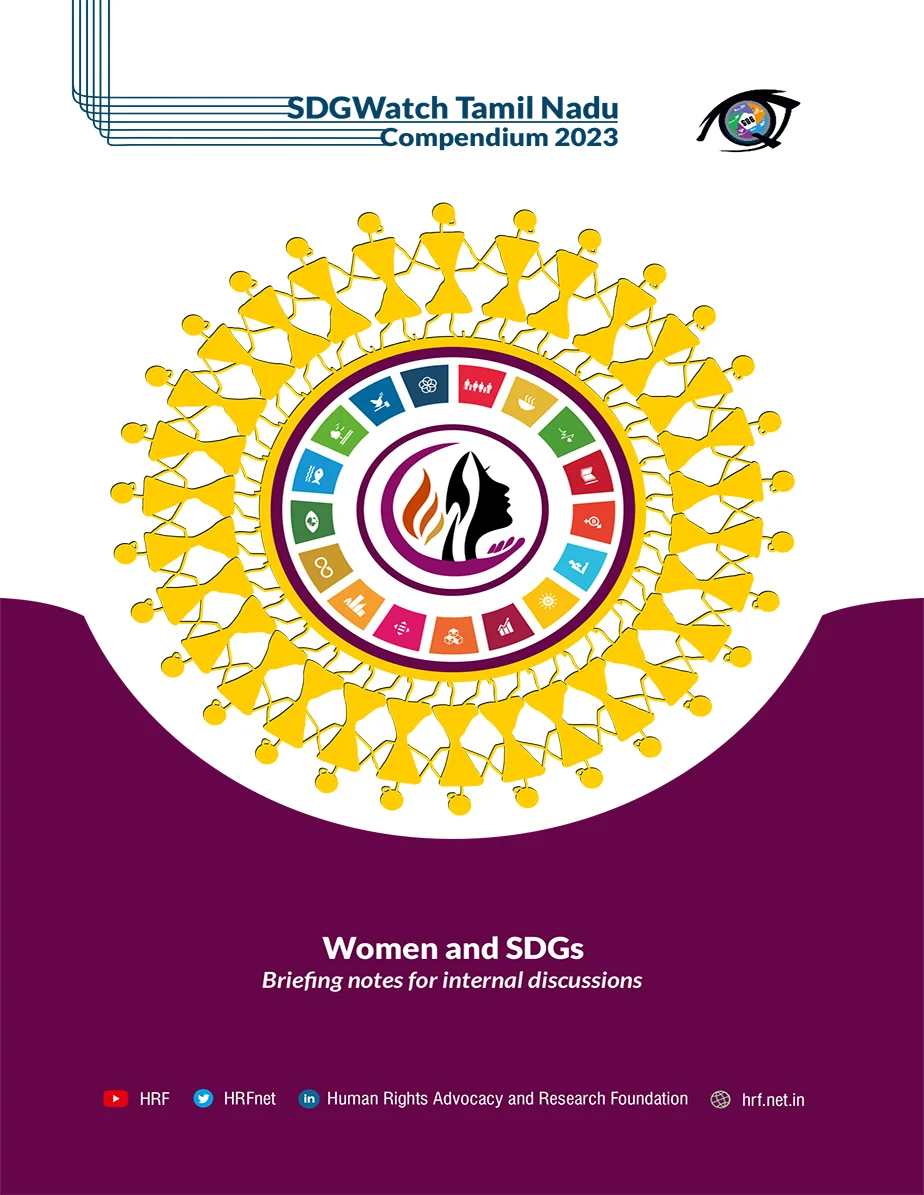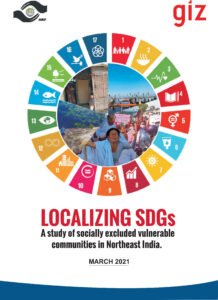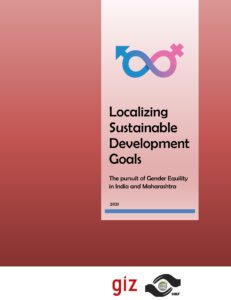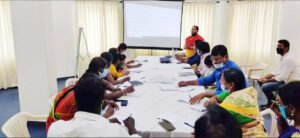Women and SDGs
Briefing notes for internal discussions
Introduction to the global goals
The UN Sustainable Development Goals (SDGs) seek to ensure a world where all people are prosperous with peace and justice in harmony with the planet. The 17 SDGs and its targets were introduced by the UN as the successor of the Millennium Development Goals (MDGs). The SDGs were accepted by 195 countries in 2015 as the primary developmental programme for 15 years till 2030, calling it Agenda 2030. The SDGs cover the entire gamut of human development in five integrated and indivisible themes–People (goals 1–7: no poverty; zero hunger; good health and well–being; quality education; gender equality; clean water and sanitation; affordable and clean energy), Prosperity (8–11: decent work and economic growth; industry, innovation, and infrastructure; reduced inequalities; sustainable cities and communities), Planet (12–14: responsible consumption and production; climate action; life below water; life on land), Peace (16: peace, justice, and strong institutions), and Partnerships (17: partnerships, data, means of verification).
From a bird’s eye view, the SDGs can be said to be the Universal Declaration of Human Rights (UDHR, 1948) in action – bringing together several covenants from the ICESCR and ICCPR (1966), to CAT, ICERD, CEDAW, UNCRC to the UNGPBHR (2011).
The people centric approach and principles of accountability, transparency and
participation ensures that the SDGs are a model of holistic development. The integrated human rights framework provides incentive for collaboration. The integrated agenda and time frame provides a multi–faceted opportunity for long–term collaboration based on an
integrated human rights approach and evidence–based engagement. India signed the declaration on the 2030 Agenda for Sustainable Development at the Sustainable Development Summit of the United Nations in September 2015.
The timeframe provides space for a generational change in society, sufficient to nurture a new leadership over 15 years that is mindful of the health of communities and the planet, with a planetary consciousness as required in the Anthropocene era i.e. post 16 July 1945 when the first atomic device was detonated, and humans literally acquired the capacity to destroy the planet.
For Full Report




